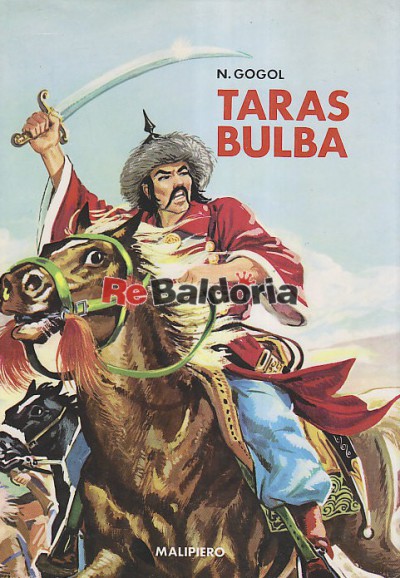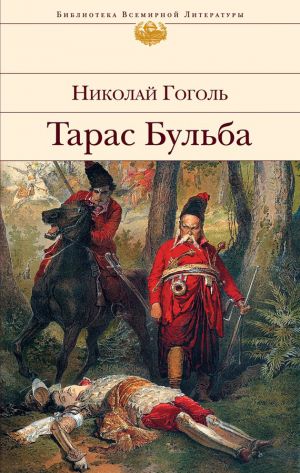

By all rights, Bulba should command far less sympathy than he does. The story concerns an old married Cossack-the book’s eponymous hero-and his two sons, and how all three meet their deaths. The final chapter of the book recounts the Polish campaign of the Zaporozhian Cossacks under the Hetman Ostranitsa, which took place in 1637 and the preceding chapters are set not much earlier. In the new Modern Library edition, both Robert Kaplan’s introduction and Peter Constantine’s preface place the action “sometime between the mid-sixteenth and seventeenth century,” but this is incorrect. The tale is set in the Ukraine, among the Cossacks of the great Zaporozhian Sech (a large fortified island encampment on the river Dnieper). At its center, in fact, is a love story so implausible in its elements-an absurd coincidence, a girl with the eyesight (apparently) of a falcon, a maidservant able to find one sleeping soldier among thousands in the dead of night, a secret passage into a besieged town-that Ann Radcliffe might have recoiled from it as too fantastic. But it also reflects the conventions of the historical romance, and owes as much to Scott and Cooper as to Homer. It is often described as a “prose epic,” and Gogol certainly composed it in a Homeric key (blood-steeped battles, rudely eloquent perorations, a prose of studied naïveté, controlled torrents of parataxis, languidly involved similes, plentiful descriptions of insouciant brutality, and a narrative voice blessedly pure of psychological subtleties or moralism).


Originally published as a long short story in 1835, the tale had assumed the dimensions of a short novel by 1842. The truth is that Taras Bulba is a lesser achievement than the strange, brilliant, delirious works of Gogol’s prime but it is, nevertheless, colored throughout by the inspired exorbitances of his genius. Petersburg stories and Dead Souls, dismissed it as a dull, melodramatic juvenilium, on a par with “rollicking yarns about lumberjacks.” Of course, neither of these is an authority to be consulted too credulously when reading their critical verdicts, one can never be certain how deep the one was in his cups, nor how high the other in his dudgeon. Ernest Hemingway called it “one of the ten greatest books of all time,” while Vladimir Nabokov, who adored the Gogol of the St.

Where Taras Bulba should be ranked among the works of Nikolai Gogol (1809-1852)-or, for that matter, among the monuments of European literature-is by no means settled.


 0 kommentar(er)
0 kommentar(er)
